
Folklore is the kind of storytelling we remember. It’s the tale your grandma told you at bedtime, the urban legend whispered at sleepovers, the myth that makes you look twice at the woods. Folklore is ancient and modern, comforting and eerie, and it’s everywhere, especially in the stories we love most.

If you’re a screenwriter, filmmaker, or just someone who’s obsessed with stories (hi, welcome!), folklore is a goldmine! And in this post, we’ll be venturing into that goldmine, discovering what folklore actually is, why it matters, how it shows up in different genres and media.
Most importantly, we’ll explore how you can use it to supercharge your own writing, with a little help with Celtx Beat Sheets of course, to keep your structure tight!
“Folklore used to be passed by word of mouth, from one generation to the next; that’s what makes it folklore, as opposed to, say, history, which is written down and stored in an archive.” – Jill Lepore
Gather ’round the fire and let’s get started!
Table of Contents
- So… What is Folklore?
- Why Folklore is a Storyteller’s Secret Weapon
- Folklore in Genre
- Folklore in Modern Media
- How to Weave Folklore into Your Screenplay
- Folklore and Celtx: Structuring Folklore with Beat Sheets
- FAQs
- Conclusion
So… What is Folklore?
Folklore is the collective memory of a culture, passed down through generations. It’s not just one thing, but a whole ecosystem of storytelling forms. These forms are:
- Oral traditions (think ghost stories, family legends, or local tales told around a fire)
- Myths (big-picture stories that explain the world, such as creation myths, gods, monsters, and cosmic drama)

- Legends (semi-historical tales, often rooted in real people or events. Think Robin Hood!)
- Fables (short, moral-driven stories, often starring animals with suspiciously human problems)
Folklore is fluid and can change with every retelling, shaped by the teller’s voice, the listener’s fears, and the times we live in. The fact that folklore evolves is what makes it so powerful. The exposition may start the same or similar, but it always morphs into something brand new.
Why Folklore is a Storyteller’s Secret Weapon
Okay, so folklore isn’t just old stories. It’s emotional shorthand and cultural texture, the kind of narrative that sucker punches you in the gut in exactly the same way it did for your ancestors.
Why does folklore work so well? Let’s take a closer look:
Folklore is… Built on Universal Themes
Love, loss, betrayal, transformation, survival. Folklore is full of themes that transcend time and geography. That’s why a myth from ancient Greece can still feel relevant in a modern rom com or horror movie.
Folklore… Comes with Ready-Made Archetypes
Folklore is packed with archetypes: the hero, the trickster, the wise elder, the monster in the woods. These aren’t cliches but narrative tools that help audiences connect quickly and deeply.
The folkloric archetypes we mentioned just now aren’t rigid templates. They’re emotional roles that reflect human fears, desires, and transformations. The key is to use them as a foundation, not a formula.
For example:
- The hero doesn’t have to be brave from the start. They can be reluctant, flawed, or even broken.
- The trickster can be comic relief, but also a catalyst for change. Think Loki who features in both mythology and in modern stories set in the Marvel Cinematic Universe (MCU)
- The monster might represent trauma, grief, or societal pressure, rather than just being a physical threat.
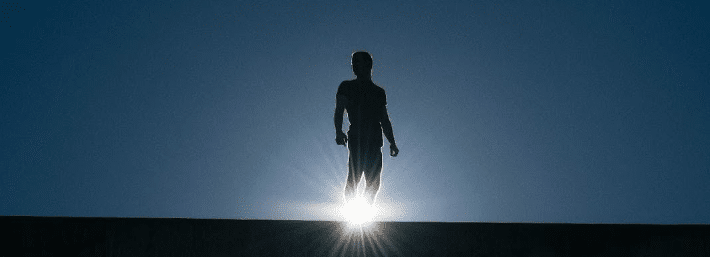
Folklore… Adds Depth and Texture
Every writer wants their story world to feel lived-in and that’s where folklore becomes your best friend. It can give your setting not just cultural weight, but your characters emotional history, and your plot symbolic resonance.
It serves as a great backstory that can also shape how your characters view the world they’re in. Maybe your protagonist grew up hearing stories about a forest spirit, which inspired them to become a conservationist.
Or maybe your protagonist was raised on tales of cursed love, which colors how they approach relationships.
“Audiences are harder to please if you’re just giving them effects, but they’re easy to please if it’s a good story.” – Steven Spielberg
Folklore In Genre
Hang on, folklore belongs in fantasy, right? Well, no! In fact, folklore shows up in every genre, sometimes quietly and sometimes front and center.
For example…
Horror: The Ritual (2017)
This British horror gem taps into Norse mythology and forest folklore. The creature is straight out of a myth while the forest is a classic folkloric setting where reality bends and the past creeps in.
In this instance, folklore is used to unsettle the audience, and it works!
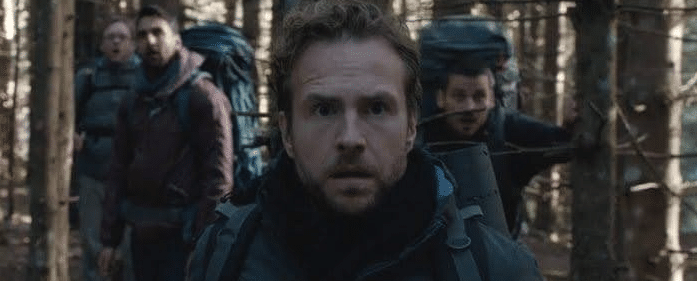
Romance: Outlander (2014-Present)
Time travel meets Scottish folklore. The sending stones that send Claire back in time are rooted in Celtic myth with the series weaving in local legends and superstitions, giving the romance a mystical edge.
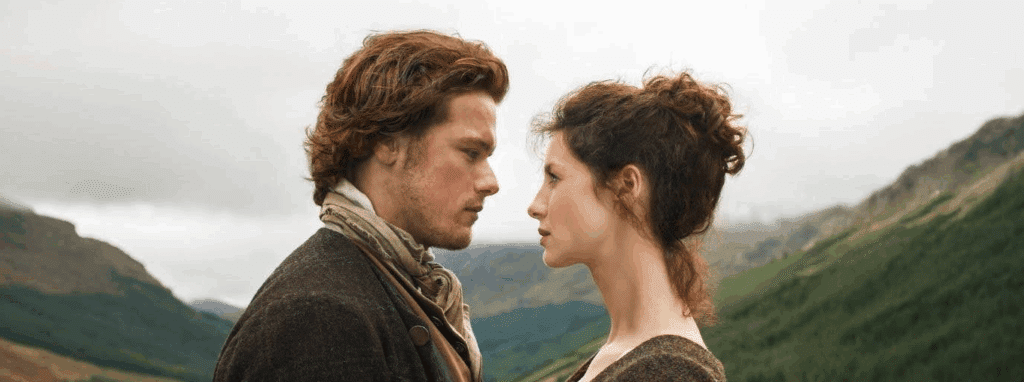
“I get a lot of inspiration from research in mythology and folklore. I find that stories people told each other thousands of years ago are still relevant now.” – Cassandra Clare
Children’s: Moana (2016)
Moana is a vibrant celebration of Polynesian mythology. From the demigod Maui to the ocean as a living entity, the film draws directly from Pacific Island folklore.
It’s a great example of how traditional stories can be adapted respectfully and joyfully for younger audiences, with plenty of humor and heart to go around!

Fantasy & Sci-Fi: Pan’s Labyrinth (2006)
Guillermo del Toro’s film is folklore meets fascism. The faun, the trials, the underworld are all folkloric. But it’s not just fantasy for fantasy’s sake as the film uses mythic structure to explore trauma, resistance, and the blurred line between reality and imagination. It’s haunting and deeply rooted in storytelling tradition.
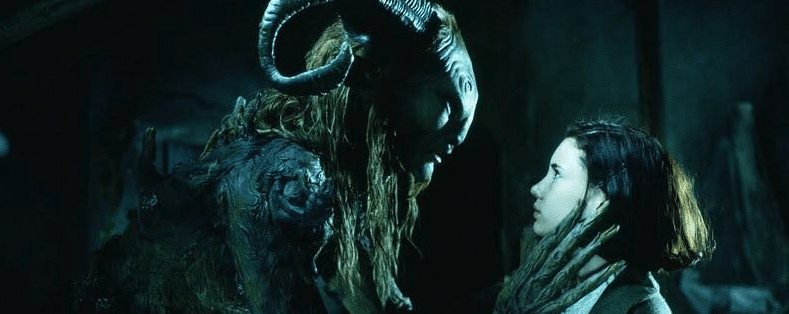
For even more on folklore, check out The American Folklore Society.
Folklore in Modern Media
“What I find interesting about folklore is the dialogue it gives us with storytellers from centuries past.” – Terri Windling
While folklore has evolved over thousands of years, it isn’t stuck in the past. It’s alive and well in today’s media, sometimes in plain sight and sometimes in disguise.
Here are some places where you’ll find folklore:
Disney
Disney’s whole brand is built on folklore. From Snow White to Frozen, they’ve adapted fairy tales for decades. Sure, they’ve polished them up, but the bones of the stories are still there, from archetypes to morals and magic.
Studio Ghibli
Ghibli films like Spirited Away and Princess Mononoke are steeped in Japanese folklore. Spirits, gods, nature myths are not just aesthetic; they’re narrative. Films like these feel timeless because they’re built on timeless stories.
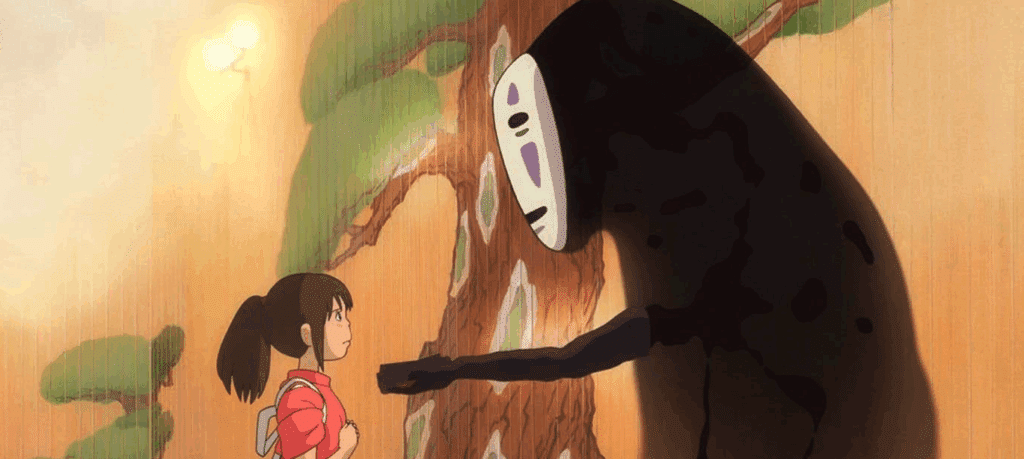
Video Games
Hellblade: Senua’s Sacrifice and God of War use folklore and mythology to deepen gameplay as well as character and story arcs. Folklore adds emotional weight and symbolic meaning. It’s not just worldbuilding but soul-building.

Ready to structure your own folklore-inspired story? Start outlining with Celtx Beat Sheets.
How to Weave Folklore into Your Screenplay
Okay, we know you’re inspired now! So, now it’s time to bring folklore into your own writing. And of course, we have five top tips to send you on your way:
1. Start with a Feeling
Folklore is grounded in emotion, so first consider what feeling you want to evoke in your audience. Awe? Fear? Nostalgia? Start there and find a folkloric theme or archetype that matches.
2. Dig into Local or Lesser-Known Stories
Everyone’s heard of Cinderella. But what about selkies, black dogs, or the Japanese yōkai? Look for stories that haven’t been overexposed; they’ll feel fresh and intriguing to you and your audience.
3. Modernize the Myth
Folklore doesn’t have to be set in the past. You could put a banshee in a nightclub, a trickster god in a tech startup, or a forest spirit in an apartment complex if you wanted! The contrast can be stark, which makes your story more fun and appealing.

4. Use Symbolism and Motifs
Folklore is full of symbols and motifs such as mirrors, thresholds, animals, the number three. Use them subtly to create atmosphere and emotional depth throughout your work.
5. Let the Story Morph
Folklore is meant to change. Don’t be afraid to twist it, remix it, or make it entirely your own. That’s how folklore has survived and will continue to survive: through reinvention.
However, folklore expert Terri Windling has the best advice going:
“Read the folklore masters. Go to galleries. Walk in the woods. That’s what you need to be an artist or storyteller.” – Terri Windling
Folklore and Celtx: Structuring Folklore with Beat Sheets
Folklore is rich, but boy can it be messy! That’s where Celtx Beat Sheets come in, helping you to shape your story into something cinematic and compelling.
Here’s out step-by-step guide on how to do just that:
Step 1 | Map the Folklore Beats
Most stories will follow this pattern:
- Setup: Ordinary world, ordinary character
- Inciting Incident: A challenge, invitation, or strange event
- Rising Action: Trials, helpers, monsters, revelations
- Climax: A final task or confrontation
- Resolution: Transformation or return
Use our Celtx Beat Sheet to lay these out and build your scenes around them. Our drag-and-drop feature is perfect for this!
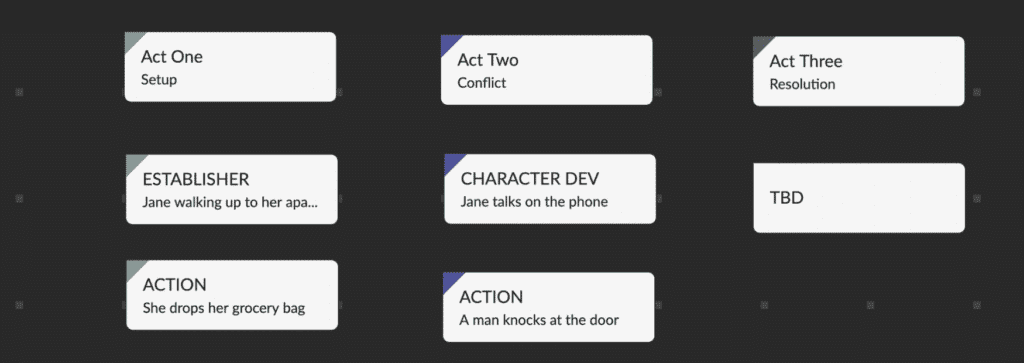
Step 2 | Track Archetypes and Symbolism
Assign archetypes to your characters. You could have a hero, mentor, shadow or trickster (the possibilities are endless). Use the Beat Sheet to track their evolution. Layer in symbols that echo your theme.
Step 3 | Experiment with Genre and Setting
Celtx makes it easy to play with tone and structure, with options to create multiple drafts of your work within one project, so it’s easy to keep track of your progress! Why not try placing a folkloric story in a modern genre? Horror, rom com, thriller or any other genre you like. See what happens!
FAQs
Not quite. Mythology is a type of folklore, usually big, symbolic stories about gods and creation. Folklore includes myths but also legends, fables, and oral traditions.
Yes, but make sure to do it with care. Research deeply, avoid stereotypes, and consider collaborating with people from that culture. Folklore is communal and it deserves respect.
Go beyond the obvious. Focus on lesser-known stories, modern settings, and character-driven plots. Folklore isn’t just about magic, but about meaning.
Conclusion
Folklore is storytelling with roots. It’s ancient, emotional, and endlessly adaptable. Whether you’re writing a short film, a feature, or a series, folklore can give your story depth, resonance, and a sense of timelessness.
Ready to structure your own folklore-inspired story? Start outlining with Celtx Beat Sheets.
With the right tools and a little creative courage, you can turn old tales into fresh, unforgettable screenplays.
Turn timeless folklore into a screenplay with Celtx — sign up free today.
Up Next:
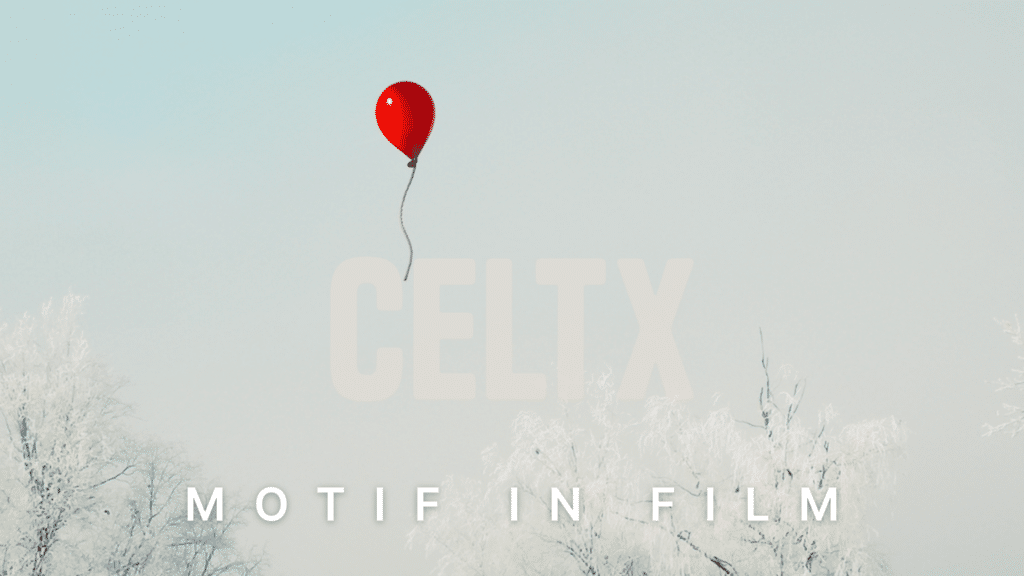
What is Motif in Film? Themes & Symbols Explained
Folklore is full of recurring ideas and images that give stories lasting power. Learn how motifs can do the same for your screenplay.
